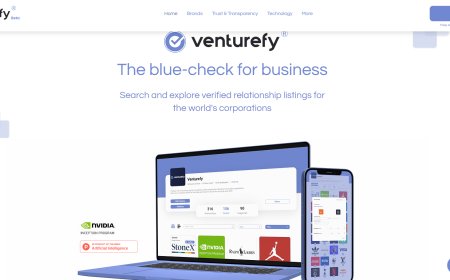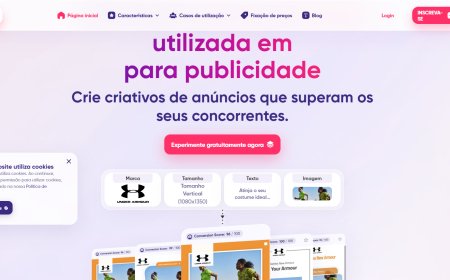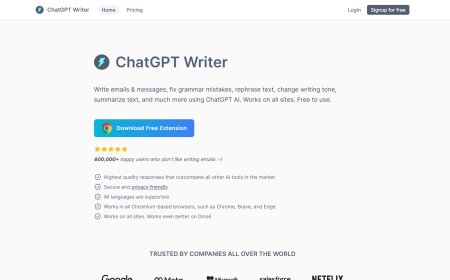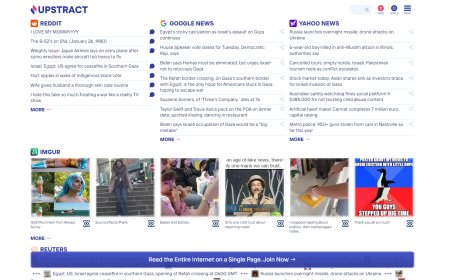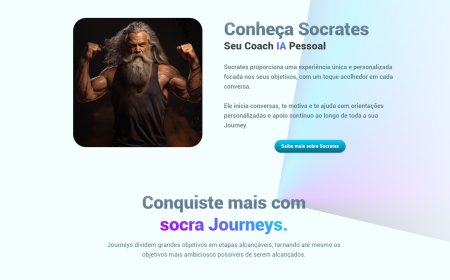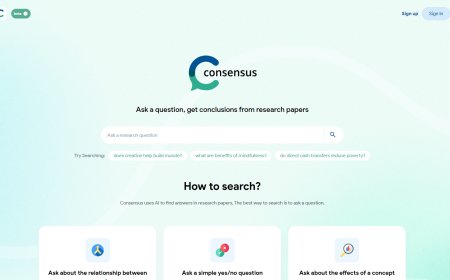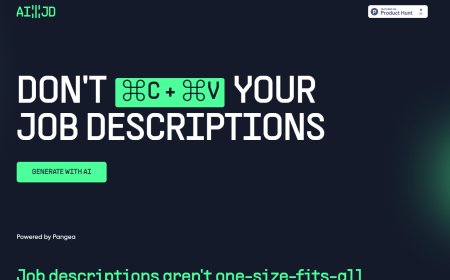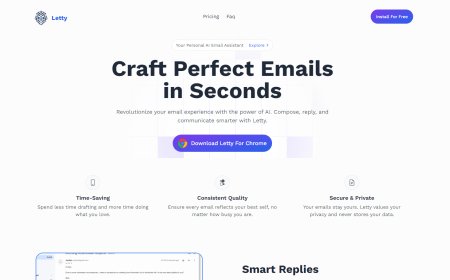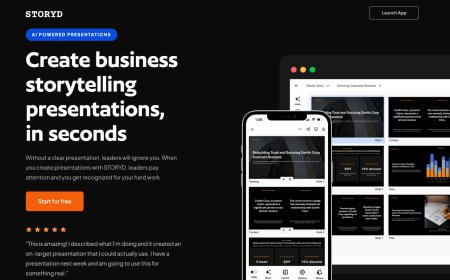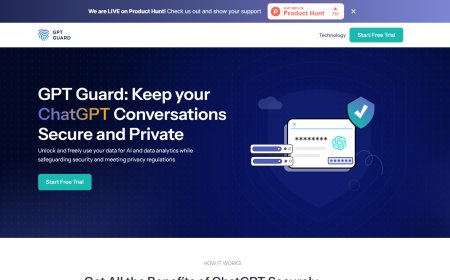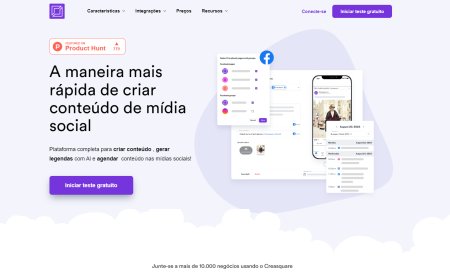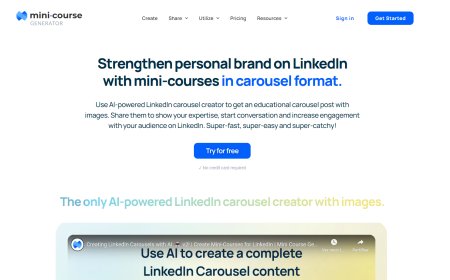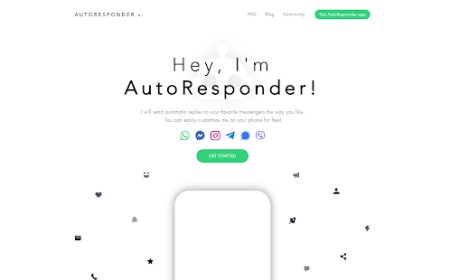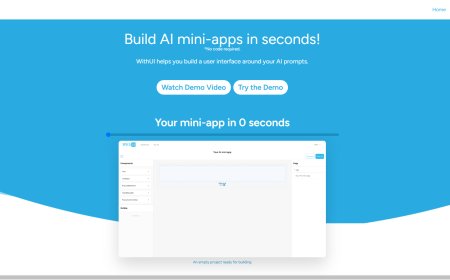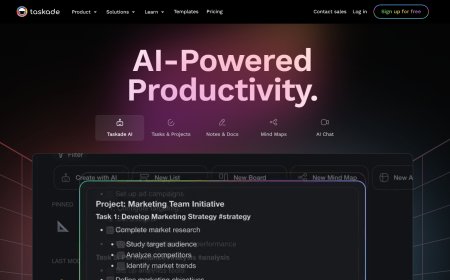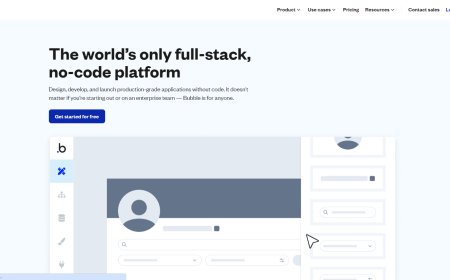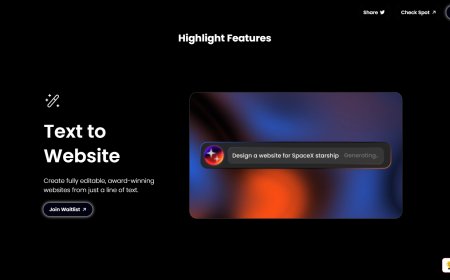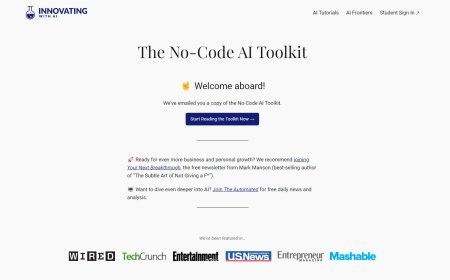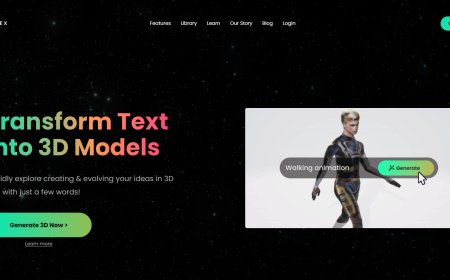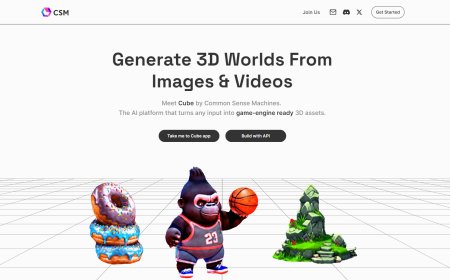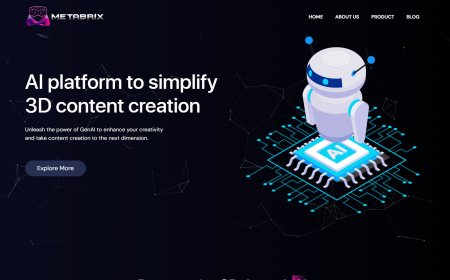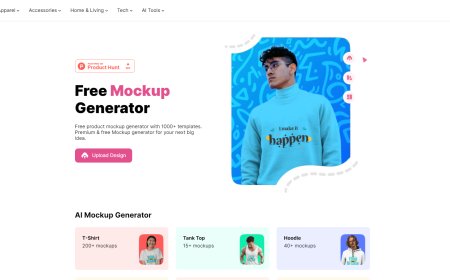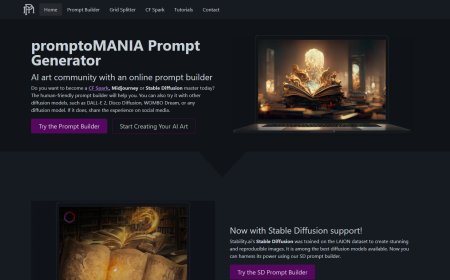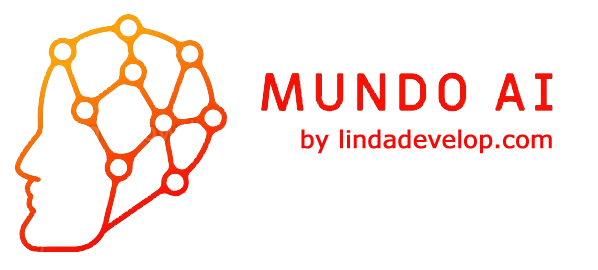Simplifying Multimedia Content: Summarizing and Transcribing Videos, Audios, and More
By simplifying the process of absorbing information and making it accessible to a broader audience, these tools are shaping how we interact with the vast world of online content.
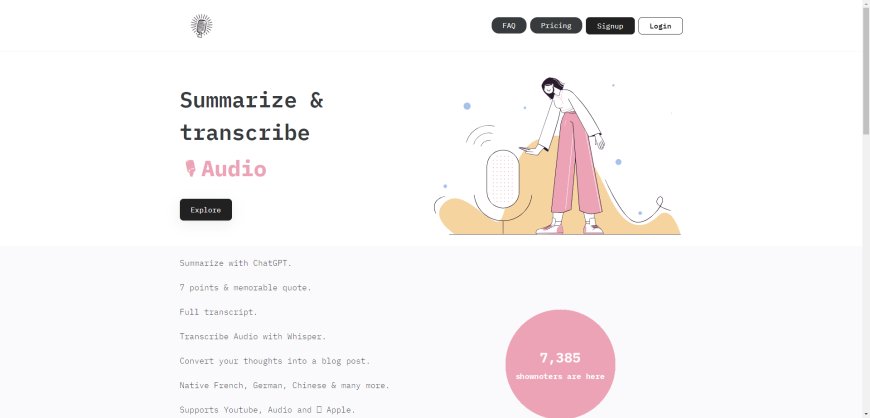
link:Shownotes.io
Introduction
In the ever-evolving digital world, consuming multimedia content such as YouTube videos, audio podcasts, and music on Spotify has become an intrinsic part of our lives. However, the challenge arises when we try to keep up with and comprehend all this content. This is where summarization and transcription tools come into play, not only streamlining the process but also making it more accessible and efficient.
The Importance of Summarization and Transcription
The sheer volume of available online multimedia content can be overwhelming. Imagine wanting to follow multiple podcasts or educational YouTube videos, but not having the time to consume hours of content. This is where summarization comes into play. Summarization tools can analyze and extract key points, condensing the content into a concise yet informative version. This allows users to get an overview of the content without needing to invest all the required time.
Transcription, on the other hand, is a valuable resource for accessibility and reference. Having content in text format makes it searchable and easier to reference, whether for quotes, studies, or simply for visual follow-along while listening. Additionally, transcription makes the content accessible to individuals with hearing impairment, thus expanding the audience that can benefit from your content.
Tools and Platforms
Currently, there are several tools and platforms that offer summarization and transcription services for different types of multimedia content. Some examples include:
-
YouTube: Some services can automatically analyze YouTube videos and provide a synopsis or summary of the main topics covered.
-
Podcasts and Audios: Podcast platforms can incorporate episode transcriptions, making them searchable and accessible to listeners.
-
Spotify: Some tools can transcribe song lyrics and even provide insights into song composition and meaning.
-
General Videos: There are services that accept links from videos from various sources and return transcriptions and summaries.
How Do These Tools Work?
The technology behind these tools varies, but many utilize advanced Natural Language Processing (NLP) algorithms to identify keywords, main topics, and context. Additionally, some tools incorporate machine learning, meaning they improve over time as they're fed more data.
Advantages and Final Considerations
Summarization and transcription tools not only make multimedia content more accessible but also save precious time. However, it's important to recognize that while powerful, these tools might not be perfect. Understanding the context and nuances of human content is still a challenge for many algorithms.
Ultimately, summarization and transcription are features that can empower your multimedia content consumption experience. By simplifying the process of absorbing information and making it accessible to a broader audience, these tools are shaping how we interact with the vast world of online content.
What's Your Reaction?






























